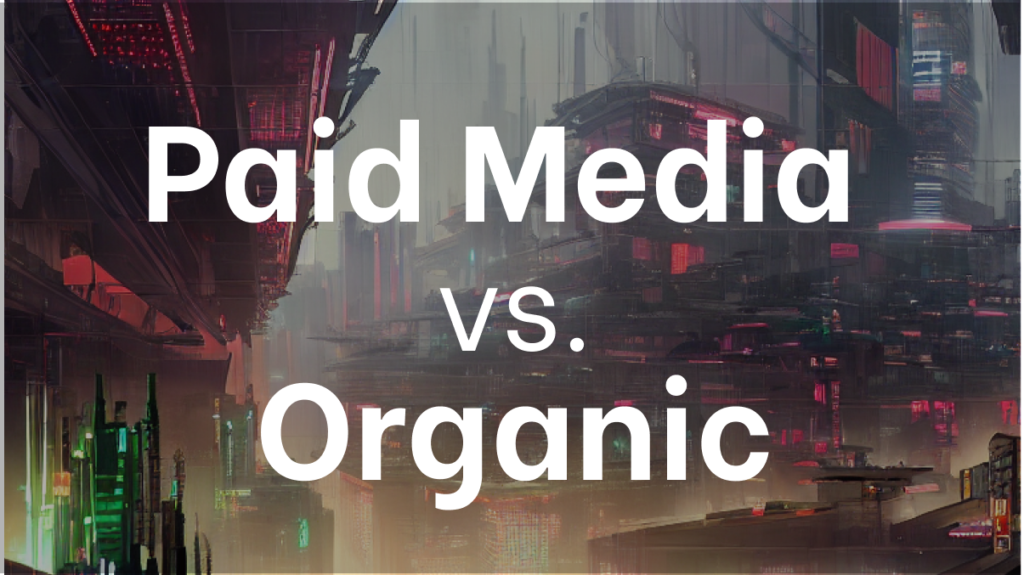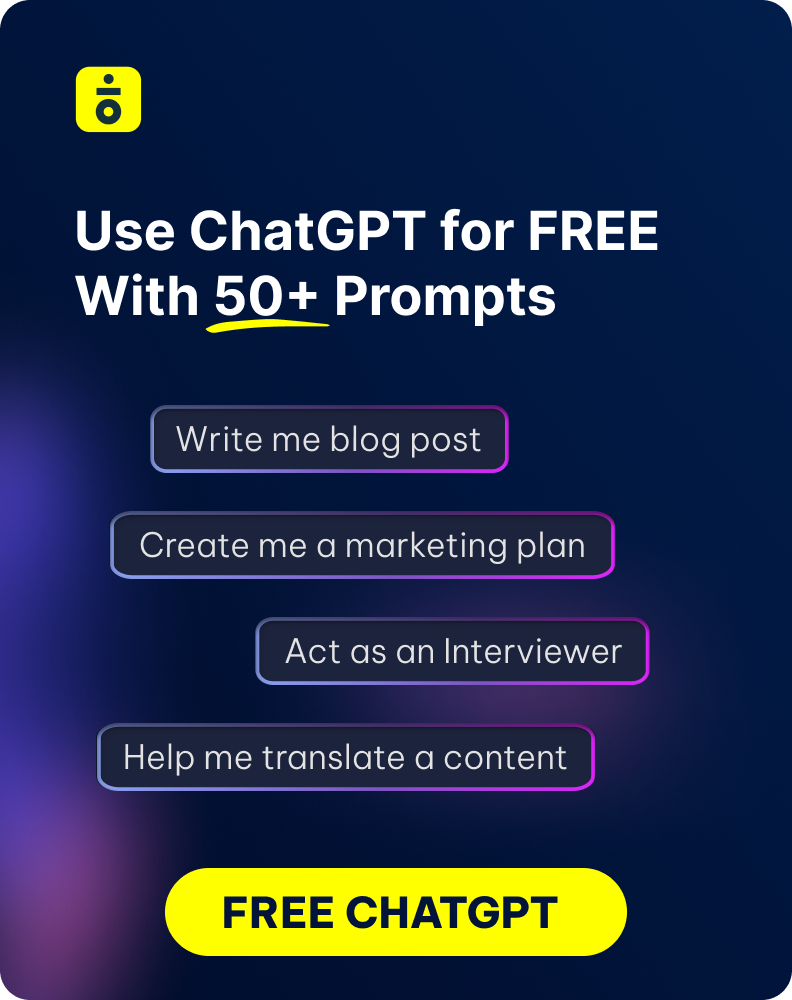It’s no secret that digital marketing has become increasingly competitive over the last few years. Should you focus on organic media, such as SEO and content marketing? Or should you invest in paid media, such as PPC or influencer campaigns? The answer depends on your goals, resources, and target audience. In this article, we’ll look at the differences between Paid Media vs. Organic and explore how to choose the right strategy for your digital marketing efforts. We will also share some tips on how to maximize the impact of both organic and paid strategies.
What Is Organic Media?
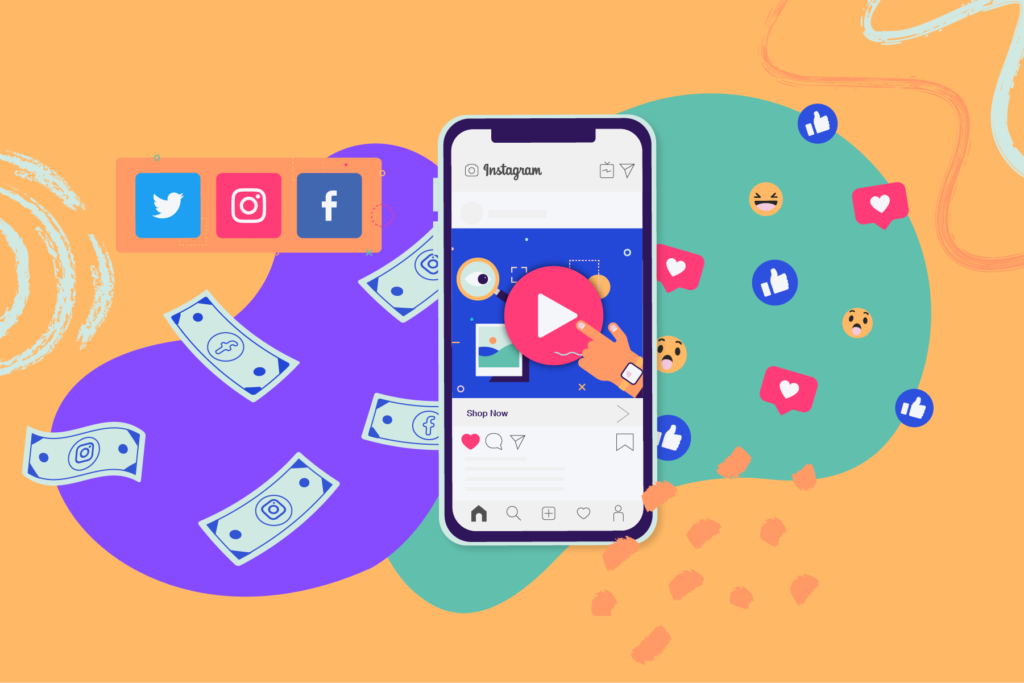
Organic media is any type of content you create and promote to reach your target audience. It could be an article, a blog post, a video, etc., created through your own efforts and validating it through shared goals and values of your customers.
Organic media gives businesses the opportunity to put their brand in front of potential customers without spending money on ads. It is also more credible to consumers because it is branded as authentic content by someone they trust, rather than an advertisement created by the company and intended to make them purchase something.
Organic media can be beneficial when done right—it can lead to increased brand awareness, better engagement with customers and more website traffic. However, organic media takes time to produce results since it relies solely on organic reach (i.e., shares or likes) for visibility.
What Is Paid Media?
Paid media is, as the name suggests, any form of advertising or promotion that you pay for. This can quickly add up in terms of both cost and time if you choose to manage it all yourself. It can be divided into various subcategories such as online display, social media, search engine optimization (SEO), digital video, and streaming audio. Paid media tends to give you a much better return on investment (ROI) compared to organic media because it affords you some key advantages:
- Reach: Paid media gives you the opportunity to reach a wider audience than organic search would.
- Faster Results: Paid media allows you to gain traction quickly; your results will be visible almost immediately after launch. This can be very helpful when starting new campaigns or launching products.
- Targeting: You have much more control over who sees your message with paid media than with organic search results; for example, you can pick the geographical locations and demographics for your ads easily.
- Measurable: You’ll be able to measure and track the performance of your campaigns through data such as clicks, views, impressions, leads and conversions.
Overall, utilizing paid media is an effective way to improve your presence online and get more eyes on your content or product while still remaining within budget.
Benefits of Paid Media vs Organic Media
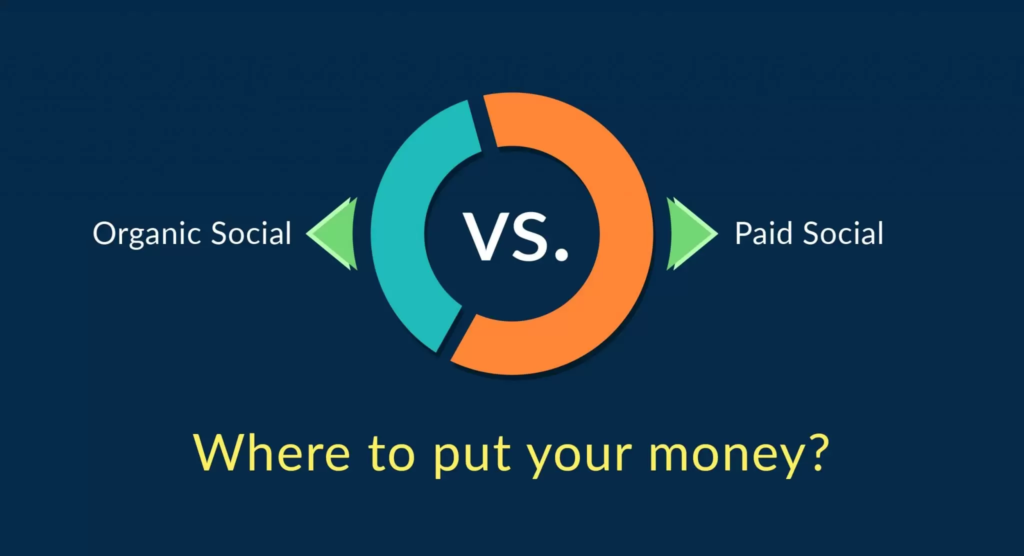
Organic media and paid media each have their own advantages, but when it comes to getting results quickly, paid media takes the cake. Here are some of the key differences between organic and paid media:
Speed and Reach
Using paid media, you can get your message out fast – in some cases, within minutes. Organic marketing can take months to see the fruits of your labor. With paid media, you also have access to a much broader reach than organic marketing alone, which often limits its range to smaller networks like friends and family.
Targeting Options
Organic marketing is hit-or-miss – you’re never sure who will respond. But with paid media, you can target specific demographics that are more likely to be interested in what you’re offering. This allows for more strategic targeting and better use of your budget.
Measurable Results
Finally, with paid media, you can track the success of your campaigns with analytics tools that give you detailed data on impressions and conversions – something that’s impossible with organic marketing alone. This helps you adjust your strategy to get even better results as time goes on.
Different Types of Paid Media Strategies
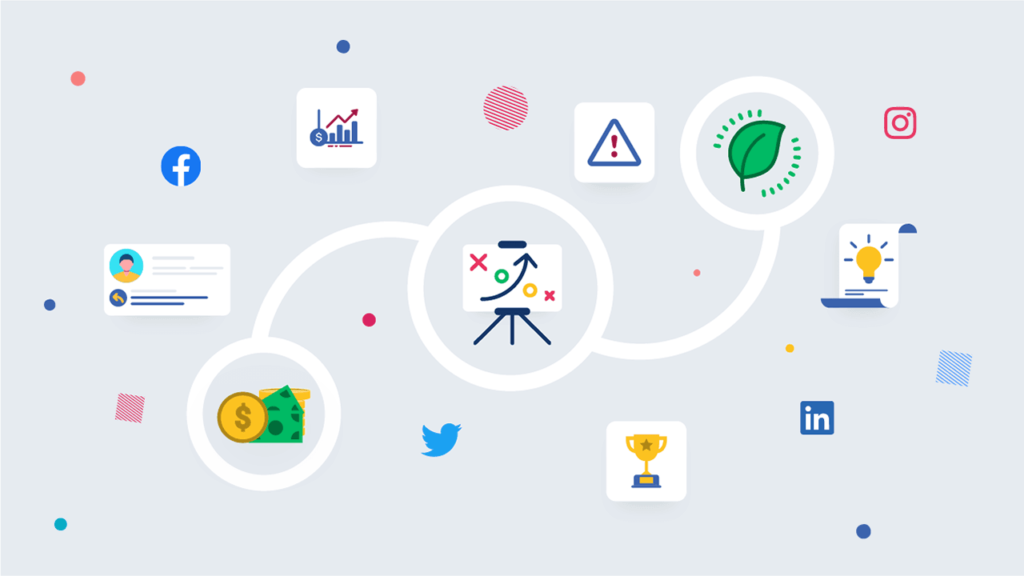
It’s no secret that paid media can be an effective tool for businesses of any size to quickly get the word out about their products and services. But with so many different forms of paid media, it can be difficult to know which type is best for your brand. Let’s take a look at a few options, so you can choose the method that best aligns with your goals.
Pay Per Click (PPC)
Pay per click (PPC) campaigns involve buying ads that appear at the top of search engine results pages. When a user clicks through to these ads, you pay a set amount – hence the name “pay per click”. This is a great way to quickly increase visibility and reach potential customers who are actively searching for terms related to your product or service.
Display Ads
Display ads are banner or text ads that are typically shown on websites and social networks based on user data. These ads appear in different shapes and sizes across thousands of websites and are usually purchased through online ad platforms such as Google Ads or Facebook Ads. Display ads provide an effective way to target potential customers by demographic data and interests, allowing you reach a segment of your audience with greater precision.
Social Media Ads
Social media ads are another form of display advertising, however they are specifically meant for use on social networks like Facebook, Twitter, Instagram, and LinkedIn. Each social network has its own ad platform, which allows you to create specific campaigns tailored around different types of people and interests. With social media ads you can increase brand recognition, boost website traffic, build an audience for future campaigns, and more.
When to Utilize Each Type of Media
When it comes to Organic vs. Paid Media, it’s important to know the right strategy for your business. Both have their benefits but when it comes to efficiency and maximum reach, paid media can provide results that organic media cannot.
Paid Media
The main benefit of paid media is that it can be highly targeted. Advertising campaigns can be fine-tuned according to criteria such as demographics, interests, locations, and more. Paid media also provides quicker reach than organic media – you can have an advertisement up running in minutes, as opposed to organic media which may take months or years for full realization. The ROI for paid media is also higher since the results are more measurable and you have more control over who is seeing the ad.
Organic Media
Organic media requires more time but with dedicated effort and a consistent approach it can reap greater rewards in terms of engagement and brand loyalty over time. Content created organically is often perceived as ‘more trustworthy’ than paid ads since there is no monetary exchange involved in the process. Organic content also has a longer lifecycle than paid ads or sponsored posts – content created organically has potential to remain relevant even after its initial use compared to paid content which fades into obscurity once its been used up.
Tips and Tricks for Optimizing Paid Media
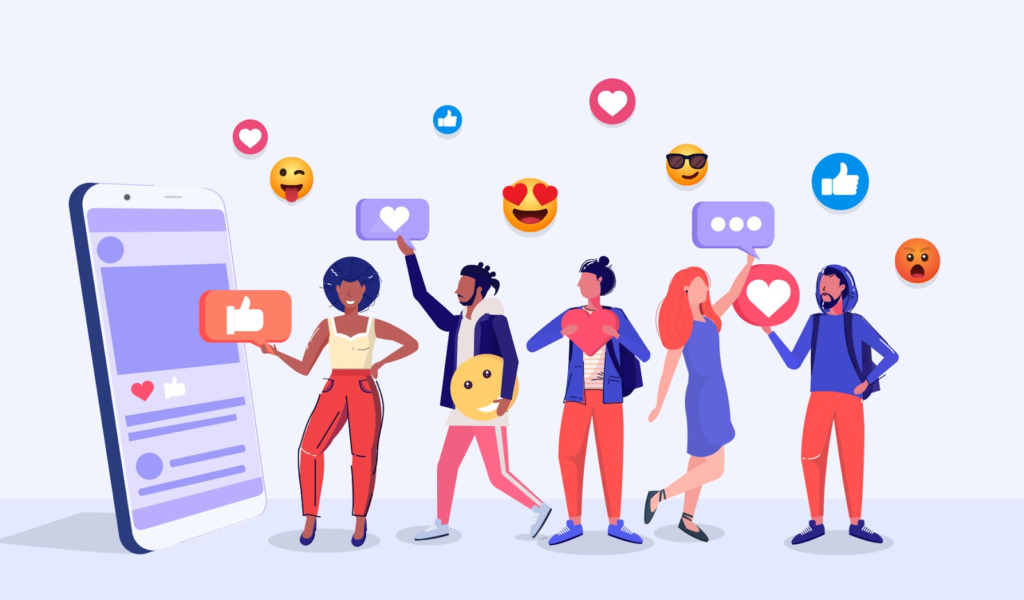
When it comes to paid media, the difficult part is optimizing your campaigns for maximum ROI. Here are a few key tips to keep your paid media campaigns on track:
- Research and target your audience. Research the demographics and interests of your target audience so you know where to focus your efforts and who you are attempting to reach with your ads.
- Build a powerful brand presence. Creating compelling visuals, messaging, and content will help you build a recognizable presence and boost engagement with users. Your brand should also be easy to find across various platforms so that potential customers can easily reach out if they need help or want more information.
- Focus on growth opportunities. Track users’ behavior on each platform so that you can optimize for better performance over time and focus on areas of high potential growth such as retargeting and lookalike audiences that can also improve conversions.
- Track performance data regularly. Monitor key metrics such as impressions, clicks, cost per acquisition (CPA), return on ad spend (ROAS), etc., so you can make informed decisions regarding budget allocations and ad placement strategies over time in order to achieve the highest possible ROI from your campaigns.
Conclusion
In conclusion, organic media is a great way to reach an audience without spending money, but it isn’t without its drawbacks. Paid media offers a more reliable and customizable way of reaching potential customers, as well as allowing for more detailed tracking of results for better accountability.
For brand awareness, organic media can still be a great choice, as it can reach a broad audience with minimal investment. However, if you’re looking for targeted campaigns with measurable results, paid media is the way to go.
No matter what your budget is, there’s a media option to suit your needs. By exploring both organic and paid media strategies and learning the strengths and weaknesses of each, you can create an effective and efficient marketing plan for your business.
